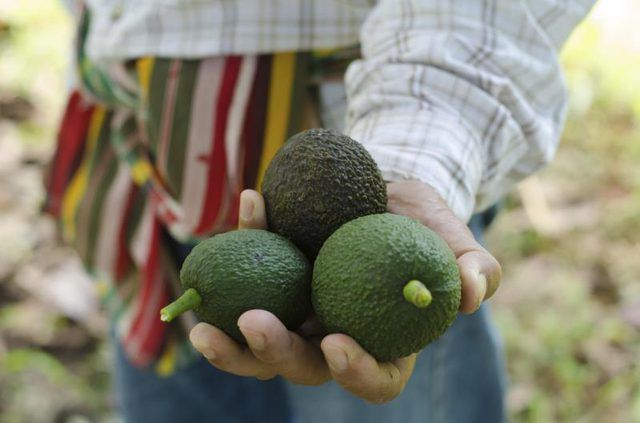Bulbs
Flower Basics
Flower Beds & Specialty Gardens
Flower Garden
Garden Furniture
Garden Gnomes
Garden Seeds
Garden Sheds
Garden Statues
Garden Tools & Supplies
Gardening Basics
Green & Organic
Groundcovers & Vines
Growing Annuals
Growing Basil
Growing Beans
Growing Berries
Growing Blueberries
Growing Cactus
Growing Corn
Growing Cotton
Growing Edibles
Growing Flowers
Growing Garlic
Growing Grapes
Growing Grass
Growing Herbs
Growing Jasmine
Growing Mint
Growing Mushrooms
Orchids
Growing Peanuts
Growing Perennials
Growing Plants
Growing Rosemary
Growing Roses
Growing Strawberries
Growing Sunflowers
Growing Thyme
Growing Tomatoes
Growing Tulips
Growing Vegetables
Herb Basics
Herb Garden
Indoor Growing
Landscaping Basics
Landscaping Patios
Landscaping Plants
Landscaping Shrubs
Landscaping Trees
Landscaping Walks & Pathways
Lawn Basics
Lawn Maintenance
Lawn Mowers
Lawn Ornaments
Lawn Planting
Lawn Tools
Outdoor Growing
Overall Landscape Planning
Pests, Weeds & Problems
Plant Basics
Rock Garden
Rose Garden
Shrubs
Soil
Specialty Gardens
Trees
Vegetable Garden
Yard Maintenance
What Is the Difference Between a Male & Female Avocado Plant?
What Is the Difference Between a Male & Female Avocado Plant?. If you think guacamole is as remarkable as avocados get, you are in for a surprise. The avocado plant (Persea americana Mill.) does epic sexual tricks worthy of the history books, if not the Kama Sutra. Each flower contains both male and female sexual parts, but they operate...

If you think guacamole is as remarkable as avocados get, you are in for a surprise. The avocado plant (Persea americana Mill.) does epic sexual tricks worthy of the history books, if not the Kama Sutra. Each flower contains both male and female sexual parts, but they operate sequentially, female one day, male the second.
Sex and the Single Plant
Birds do it, bees do it, and plants do it too. You may find nothing sexy about a backyard bloom producing seed, but generally seeds result from the same type of behavior that leads to animal babies: pollen produced by a male plant finds its way into the female plant to fertilize the ovary. If a plant produces only male flowers, gardeners call it a "male plant," while "female plants" grow only female flowers. But many plants, like the evergreen avocado tree, are not so easily button-holed.
More Than Perfect
Some plants have flowers containing both male and female sexual parts: the male stamens that produce pollen and the female stigma that receive it. These kinds of flowers are called perfect. Avocado flowers fit this mold but bring a unique twist: the two sexual processes do not operate simultaneously but instead sequentially. Each avocado flower goes through a brief female stage when the stigma opens to receive pollen, followed by a short male stage when the stamens produce pollen.
Female Today, Male Tomorrow
A mature avocado tree hangs heavy with panicles of dozens of flowers, producing over a million blossoms each year. Unique in all the botanical kingdom, the avocado flowers undertake a complex, sex-changing dance botanists call synchronous dichogamy. Each bloom opens for two days only. The first day, the flower's female sexual parts are operational for a few hours, receiving the pollen of other blossoms, then the flower closes up shop. When it reopens the second day, male sexual parts are active. They release pollen to fertilize other flowers, and that's all folks! If the flower was fertilized, it grows into a fruit.
Heat of the Moment
Fortunately, nature is sly about getting her way. If all avocado flowers were female at the same time, pollination would simply not occur. Instead, the flowers fall into two types: one type is female in the morning of its first day, male in the afternoon of the second; the other type is female in the afternoon of its first day, male in the morning of the second. This cross-hatching allows the cross-pollination necessary to produce fruit. The timing works best when average temperatures stay above 70 degrees Fahrenheit; temperature drops result in irregular flower openings and fruit-set declines. Avocado trees grow best in U.S. Department of Agriculture plant hardiness zones 10 through 11.